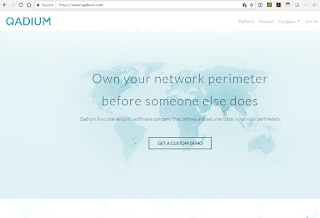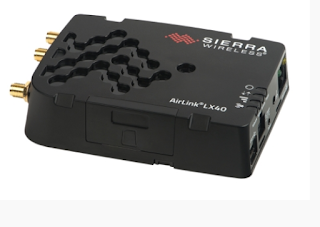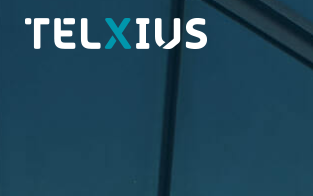Huawei reported revene of CNY 325.7 billion (US$47.80 billion), an increase of 15% over the same period last year. The company's operating margin in 2018 H1 was 14%.
In its carrier business, Huawei said it continues to focus on end-to-end 5G solutions, driving the continuous evolution of LTE – as well as Intent-Driven Networks, cloud data centers, etc.
 In its enterprise business, Huawei remains committed to building integrated, innovative, and open digital platforms for its customers. The company said its focus is on cloud computing, IoT, artificial intelligence (AI), and big data.
In its enterprise business, Huawei remains committed to building integrated, innovative, and open digital platforms for its customers. The company said its focus is on cloud computing, IoT, artificial intelligence (AI), and big data.
In its consumer business, Huawei has maintained a tight focus on technological innovation, including its P20 series smartphones, its GPU Turbo graphics processing acceleration, and its MateBook X Pro notebooks.
In the cloud domain, Huawei has picked up the pace of its innovation in cloud infrastructure. Two major focuses include providing stable, reliable, secure, trusted, and sustainable cloud services for customers, and building an AI platform that is affordable, intuitive, and secure for all users.
In its carrier business, Huawei said it continues to focus on end-to-end 5G solutions, driving the continuous evolution of LTE – as well as Intent-Driven Networks, cloud data centers, etc.
 In its enterprise business, Huawei remains committed to building integrated, innovative, and open digital platforms for its customers. The company said its focus is on cloud computing, IoT, artificial intelligence (AI), and big data.
In its enterprise business, Huawei remains committed to building integrated, innovative, and open digital platforms for its customers. The company said its focus is on cloud computing, IoT, artificial intelligence (AI), and big data.In its consumer business, Huawei has maintained a tight focus on technological innovation, including its P20 series smartphones, its GPU Turbo graphics processing acceleration, and its MateBook X Pro notebooks.
In the cloud domain, Huawei has picked up the pace of its innovation in cloud infrastructure. Two major focuses include providing stable, reliable, secure, trusted, and sustainable cloud services for customers, and building an AI platform that is affordable, intuitive, and secure for all users.













































